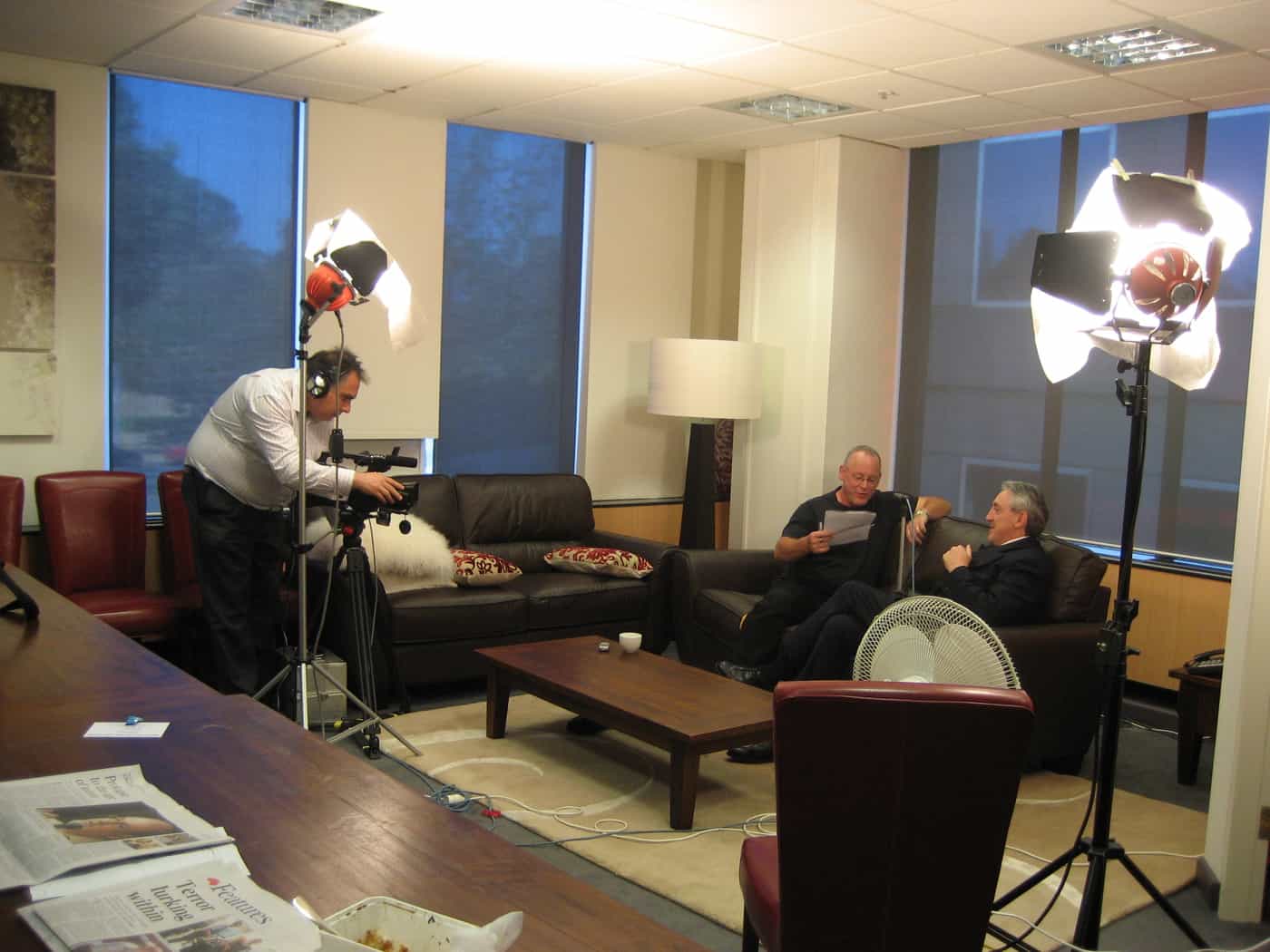Several OHS colleagues on an international discussion forum have expressed some opinions on the final report of the Australia’s National Model OHS Law review.
Safety Alerts
One asked that better and more frequent safety alerts be published by the regulators and that those reports be based on fatalities, injuries and near misses.
There is an inconsistency of incident reporting in Australia. For instance, emergency service departments have different ways of notifying the media of incidents. Most rely on regular (multiple times each day) visits to their websites. This option doesn’t work unless one has tracking software or are doing nothing else. Several distribute email bulletins on a daily basis. Most of the bulletins deal with traffic incidents, floods or bushfires, but several also report on emergency incidents to individuals and, although not explicit, many occur in workplaces.
Incident alerts from emergency services are good because it is a service that OHS regulators and enforcers also receive and act upon.
For many years, various Australia safety organisations have published OHS solutions databases or, initially, folders. The maintenance of these have fluctuated over the years in relation to technological change and political interest. It is pointless trying to establish a fixed-point or hard-copy library when the Internet is now the primary resource tool.
It should be added that considerable information can be garnered from court reports of OHS prosecutions however, the Magistrates’ Courts do not provide publicly accessible court reports so any matters heard at that level are rarely reported, except by someone who is sitting in the court. To gain a proper understanding of the OHS legislative process, coverage of all levels of legal action should be encouraged.
Risk Management
Another colleague expressed concern about the use of “risk” throughout the report. Below is a section of the report that explains the review panel’s approach:
“In Chapter 30, we discuss the role of the risk management process in the model Act. As we noted in our first report, risk management is essential to achieving a safe and healthy work environment. We found that risk management is implicit in the definition of reasonably practicable, and as such, need not be expressly required to be applied as part of the qualifier of
the duties of care. Further, as we discuss in this report, risks can be successfully managed without mandating hazard identification and risk assessment in all cases, particularly where the hazards are well known and have universally accepted controls.Therefore we recommend that the model Act should not include a specific process of hazard identification and risk assessment, or mandate a hierarchy of controls, but that the regulation-making power in the model Act should allow for the process to be established via regulation, with further guidance provided in a code of practice, as is contemporary practice.
The application of risk management process should however be encouraged…” (page xviii)
Throughout the review process the Victorian OHS Act was the most influential piece of legislation and that Act removed the previous requirement to assess workplace risks to determine the most appropriate control measure. WorkSafe Victoria had, for years, advocated in its publications and guidelines to “Find-Assess-Fix”. The “Assess” was dropped in many instances as the suitable control measure had been well-established just not widely applied.
The WorkSafe position was in response to those business operators who may say “I don’t care how hazardous the bloody thing is just fix it!” It was hoped that this would save time and “unnecessary” paperwork, and that other State jurisdictions would take the same approach. None did, and the removal of “Assess” confused businesses and safety professionals as it is a major inconsistency with the Australian Standard on Risk Management.
WorkSafe tried to calm the confusion by saying that they still though assessing risks was a good idea for many new and developing hazards, just that assessment could be done away with as a legislative requirements in most instances.
It seems like the National Review Panel supports the Victorian approach to risk assessment. Not so long ago, the New South Wales government subsidised a lot of training for farmers and others in the agricultural sector on risk assessment. Now it will have to re-explain.
The other concern with the panel’s approach to risk assessment is that it sees risk management as fitting within “reasonably practicable”, a concept that SafetyAtWorkBlog is not convinced helps in managing safety. “Reasonably practicable” is a concept that is defined and refined through prosecutions and court processes, therefore, it can change and it is best interpreted by lawyers. OHS legislation was designed to be readily understood by the layman for where the responsibility for safety sits with the employer and, to a lesser extent, the employee. As soon as law firms are brought into the process, information is locked away under lawyer-client privilege, the cost of safety skyrockets and any safety management lessons are delayed until the court case is heard (or not heard) years later.
It should be remembered that the National OHS Model Law was about the law relating to workplace safety not the implementation of safety management. It is this differentiation that needs to be constantly pushed to the government to avoid workplace safety becoming a management task that cannot be undertaken without a lawyer watching intently over one’s shoulder all the time.


